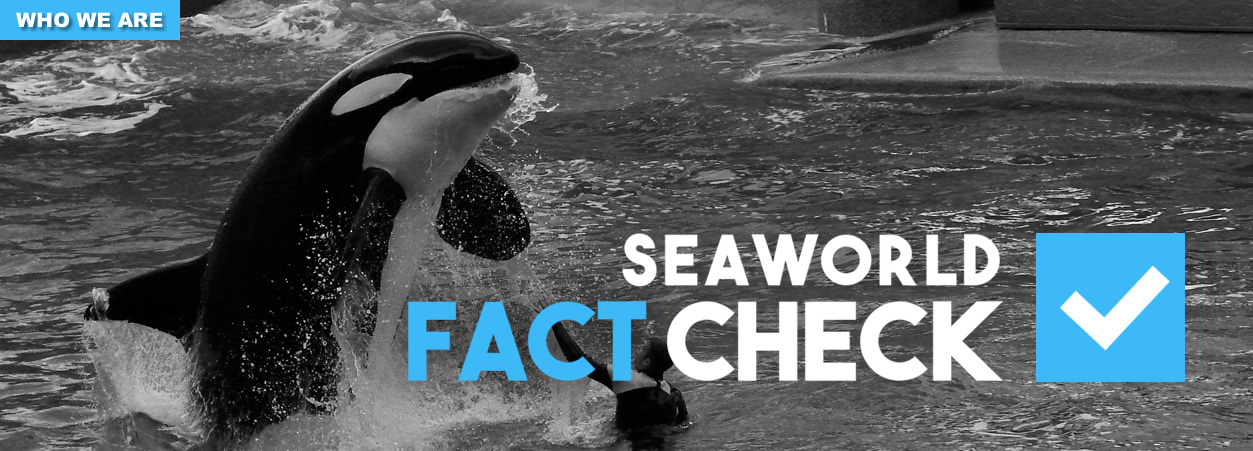SEAWORLD FACT CHECK:
SeaWorld was not successful in keeping its trainers safe, and it is only because of a court ruling after a citation from the US Occupational Safety and Health Administration (OSHA) that trainers are not allowed back in the water for shows (Parsons 2012). The captive display industry acknowledges that orcas are inherently dangerous in captivity:
“Aggression expressed by killer whales toward their trainers is a matter of grave concern. Show situations involving water behaviors with trainers and orcas have become popular in recent years. Aggressive manifestations toward trainers have included bumping, biting, grabbing, dunking, and holding trainers on the bottom of pools preventing their escape. Several situations have resulted in potentially life-threatening incidents. In a few such cases, we can attribute this behavior to disease or to the presence of frustrating or confusing situations, but in other cases, there have been no clear causal factors.” (Sweeney 1990)
There are no records of free-ranging orcas killing or seriously injuring people. In contrast, there have been many dangerous incidents between humans and captive orcas1.
References:
Parsons, E.C.M. 2012. Killer whale killers. Tourism in Marine Environments 8: 153-160.
Sweeney, J. 1990. Marine mammal behavioral diagnostics. pp. 53-72. In: L. Dierauf (ed.) CRC Handbook of Marine Mammal Medicine (1st edition). CRC Press: New York. 735 pp.
1 http://www.orcahome.de/incidents.htm
_____________
SEAWORLD SAYS:
There is no higher priority for SeaWorld than the safety of team members and the welfare of our animals. Our procedures for interacting with animals, particularly large mammals like whales and dolphins, reflect nearly five decades of industry-leading experience. Those procedures are continually analyzed and refined. SeaWorld also invests significant resources in facilities and equipment, much of which was designed specifically for use in the care of marine mammals.
|

